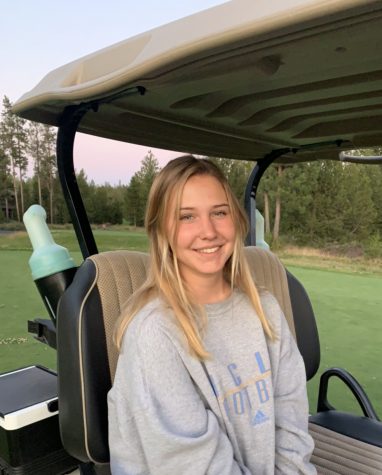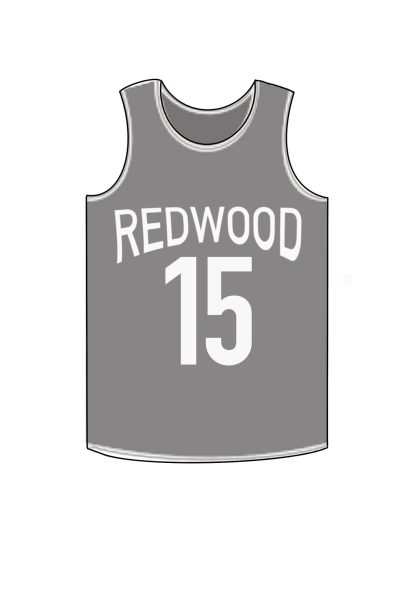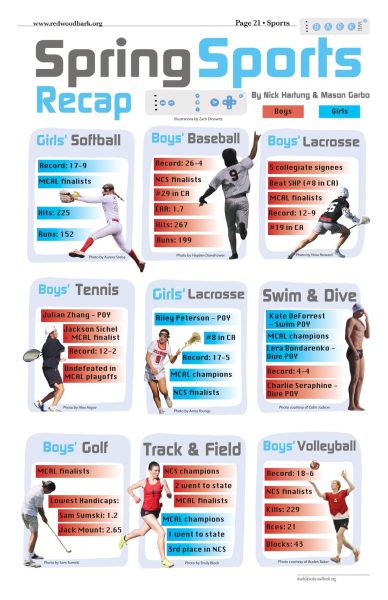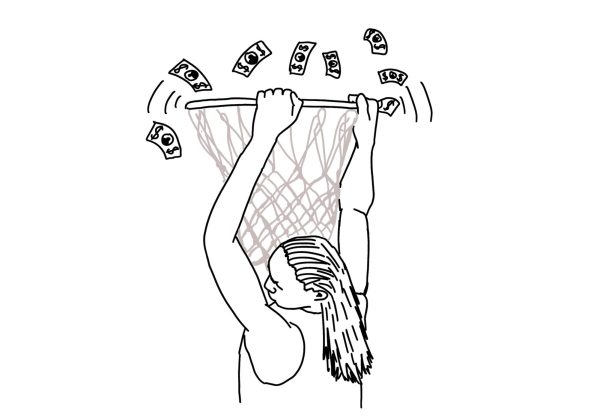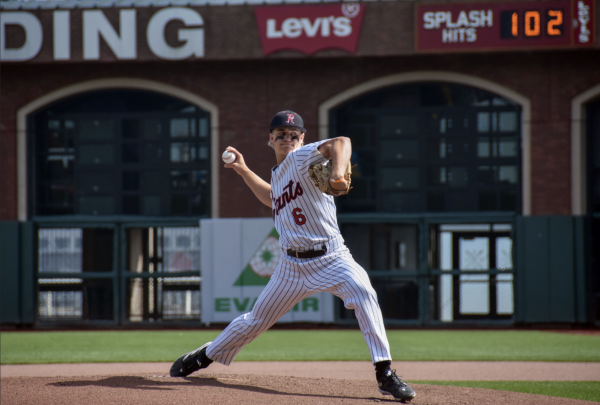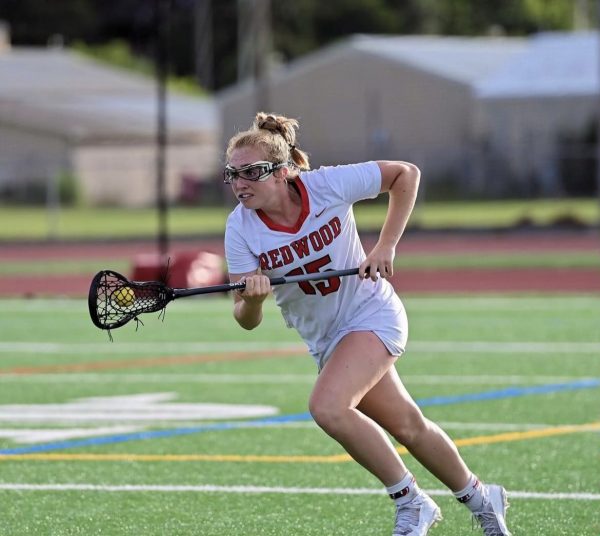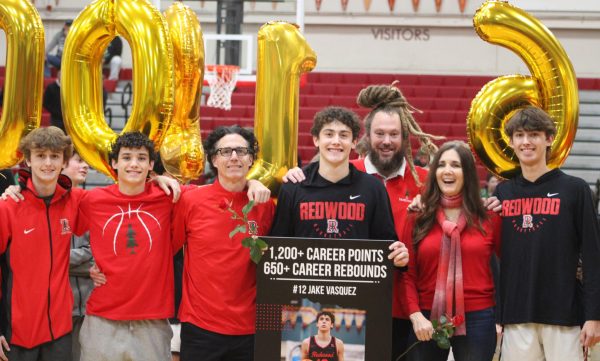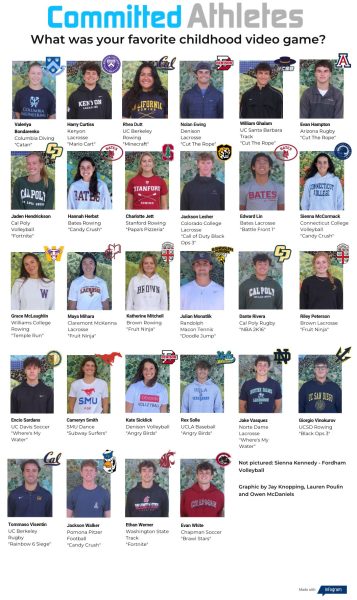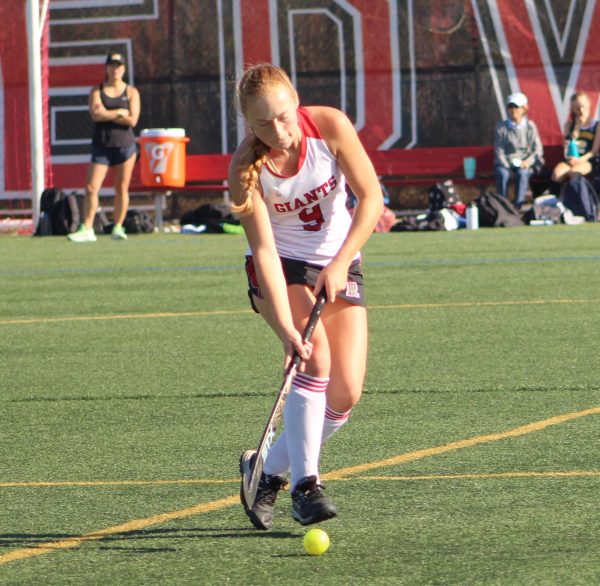Double trouble: The Benefit of Playing Multiple Sports
February 15, 2021
As practice comes to an end, the exhausted athletes let out a sigh of relief. Although incredibly fulfilling and enjoyable, the past two hours of constant conditioning have left the team unable to swim another set or sprint another lap. Many of these athletes go home to rest from their demanding exercises and prepare themselves for their workout the following day. However, others are forced to muster up any strength they have left to dash off to yet another practice or game for their second sport. Finding the motivation to work out again is incredibly difficult, but these multi-sport athletes are able to make it work. While it is challenging to play multiple sports at a high school level, the benefits for these players are far greater than just staying in shape.
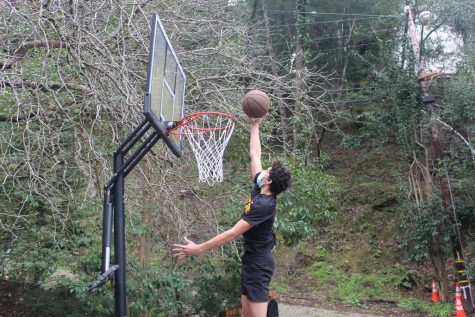
Exchanging his swimsuit for sneakers, junior Aiden Squiers attempts to balance his busy water polo and basketball schedules. After playing basketball most of his life, Squiers decided to try out for the water polo team his freshman year and has loved the sport ever since. Although the combination of the two may seem unconventional, Squiers believes that by using the same muscles for both, he is able to strengthen his body twice as much as he would playing only one sport.
“For water polo, you use a lot of your shoulders when you keep them up above the water, and in basketball, it’s the same because you have to [use your shoulders] to keep that ball above your head when you’re shooting,” Squiers said. “It’s good to have those similarities [between both sports].”
While using similar muscle groups is useful and a distinct connection between the two, Squiers believes that the team aspect is what compels him to continue both. Through his involvement with different teams and players, Squiers has learned the key to creating a successful team.
“One of the most important lessons I’ve learned is that everyone has different strengths and weaknesses on a team, so you learn to work with everyone’s different strengths in order for the team to strive,” Squiers said.
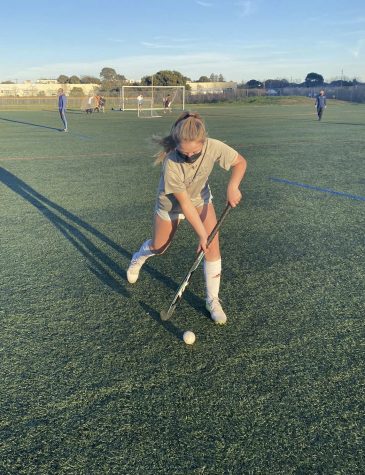
Junior Caroline (Coco) McCulloch also notices that her sport has similar mechanics. McCulloch, a longtime lacrosse player, started playing field hockey freshman year after many of her older lacrosse teammates encouraged her to use the sport as a way to meet new people. She noted that many of the “stick-handling skills” and “muscle memory components” translate between both sports. Like Squiers, McCulloch agrees that the most significant similarity between the games is their teamwork component. Each sport requires a cohesive structure on and off the field, which is why it is so valuable to McCulloch.
“They’re both big team sports. Learning to communicate and respect [other] players is important in both,” McCulloch said. “Both teams have different girls and communities, but the team bondings skill and teamwork is something that carries over in each.”
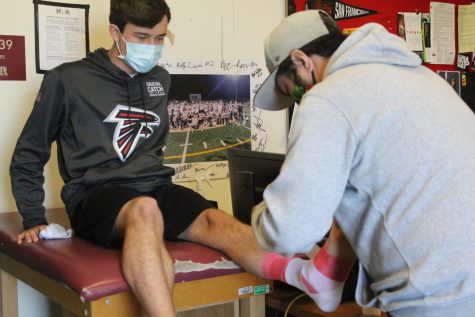
Although many athletics are completely different in how they train and the muscles they utilize, athletic trainer Americ Alvarado believes that playing contrasting sports can positively impact an athlete. As a high school trainer, a huge part of Alvarado’s job is educating student-athletes on injury prevention. One thing that can lead to various injuries is over-exploiting specific muscles.
“It’s definitely ingrained in our minds [to overtrain certain muscles] because colleges are looking for athletes to be in top shape in the sport they want,” Alvarado said. “But unfortunately, with that pressure and with that consistent amount of training, you’re going to get a ton of injuries due to overuse and not letting your body rest.”
Alvarado emphasizes that working on different muscles or playing multiple sports can positively affect an athlete and will not detract progress from their other sport.
“With high school athletes, it’s definitely great to utilize as many muscles and functions and ranges of motion that your body can provide rather than consistently using a certain amount of activities for your body,” Alvarado said.
Alvarado advises high school athletes to expose themselves to a variety of new exercises and environments as our bodies are still growing. Just as each sport is distinct, the lessons and experiences that come with that sport differ. Team building experiences and a willingness to diversify one’s surroundings not only correspond between sports but are incredibly useful in situations outside of athletics as well. While it is difficult to play multiple sports throughout the year, the benefits of doing so go beyond just staying physically fit.

